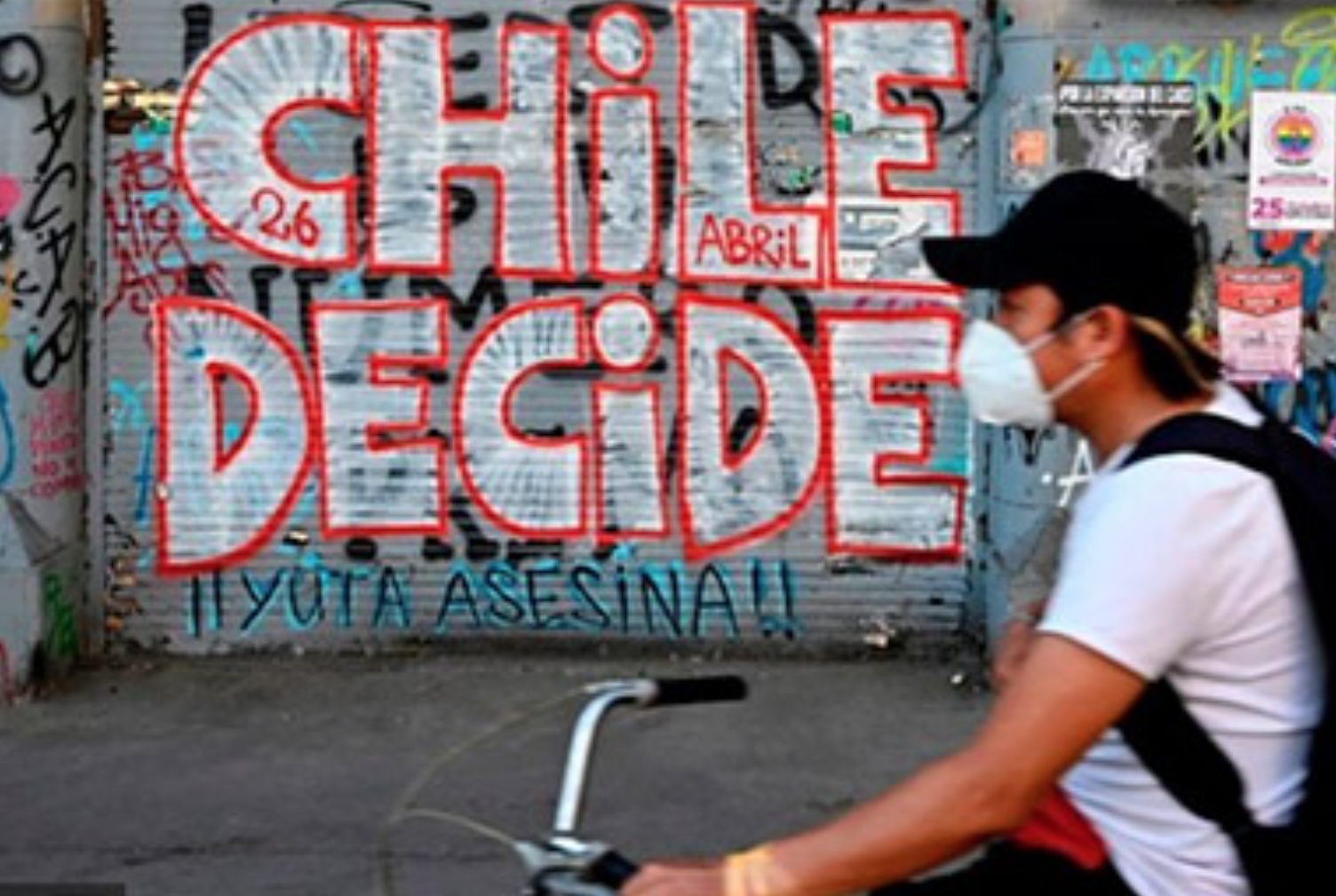Co-author Nicolás Selamé
Early July marked one year since the Constitutional Convention of Chile began its sessions. Today it is no longer active, and in September, the citizens will decide by means of a ratifying plebiscite whether they are satisfied with the proposal. Although until a few months ago it was taken for granted that this consultation would yield a favorable result to the Convention’s proposal, today the panorama has changed: different pollsters point to an advance in favor of rejection, which would most probably win if the plebiscite were held today.
This shift has given rise to an intense academic and political debate for different reasons. In the first place, there is a great concern to understand how it was that a process with unprecedented citizen participation lost so much support from the population, thus returning us to a scenario without the legitimacy of the political actors, which, precisely the Convention, should remedy. Secondly, there is a consensus that the country must have a new Constitution, but there is no clear itinerary that establishes the ways to do so, in case the rejection of the plebiscite proposal wins.
The Constitutional Convention was born as an attempt of the party elite to channel the most serious social and political crisis that the country has experienced in decades. The mobilizations of October 2019 articulated a series of demands that garnered broad citizen support and were marked by massiveness and violence that put the current institutionality in check. In the context of a political elite in disarray, it was sought to give credibility to the body by improving the conditions of entry for underrepresented actors through gender parity mechanisms, reserved seats for indigenous peoples, and greater openness to the participation of independent candidacies.
These conditions of competition, in addition to a massive turnout of young voters who did not vote in previous processes, gave rise to a Convention in which an anti-status quo inspiration prevailed. The conservative sectors, which in Congress used to get about half of the seats, did not manage to win even the third that would assure them the ability to block votes on articles. On the other hand, the left-wing parties, together with forces from the social field that were articulated around populist rhetoric, were the undisputed majority.
Many interpreted this composition as a guarantee that the desired changes would materialize. However, it also generated several of the problems that the Convention experienced during its operation. In the first place, the election was held at a time when the echoes of the social outburst were still resonating in public opinion, which gave the results a degree of radicalism that seems not to have endured among the population. The latter, especially due to a sharp rise in crime and inflation, has changed the priorities of the population with respect to those that were installed in the Convention.
Thus, a large part of the loss of popularity of the new constitutional proposal seems to lie in a gap between the aspirations of the citizens who elected the Convention and those who today must approve or reject what it offers.
Secondly, the massive entry of independent convention delegates (64% of the total number of representatives, including 35% who ran on independent lists, and 29% on party lists) implied the participation of many representatives who, although they had the support of the citizens in principle, had little experience and little disposition to political negotiation. This resulted in a series of errors of form and substance that were widely covered by the press and led to a progressive discrediting of the Convention.
In addition, since these persons did not come from organizations with a clear agenda, often from sectoral activism, it was difficult to give the text a harmonious and cross-cutting vision. An example of this is the design of the political system, in which a few Convention members had a defined position and ended up agreeing on a proposal within the time limit.
It is not so strange that in the described scenario the rejection of the constitutional proposal has grown. However, this option and its leaders only seem to capitalize on the discredit of the new constitutional proposal, finding serious difficulties to offer an answer to the demand for change that continues transversally in the citizenship, even among its voters. This is because a considerable part of the conservative leadership does not believe in the need for these changes, and the discussion in this regard seriously fragments a campaign that has been articulated only in a negative register against the Convention.
Although the polls do not yet show it, the rejection should face its hardest stage in the next few days. This, as after months of increasing its support, will have to make explicit which is the itinerary they consider more adequate to make constitutional changes to the current text in case the one proposed by the Convention is rejected. In this sense, the sector has been complicated by the declarations of President Gabriel Boric, who stated that the result of the plebiscite, in which the citizens mandated the drafting of a proposal through a Constitutional Convention, should be respected through the calling of a new Convention.
Although it is not clear that the proposal is the most popular among a citizenry critical of the work of the recently concluded Convention, requiring also a new political agreement to make it legally viable, Boric’s move puts pressure on those who have pushed for the rejection option without clarifying the course the changes will take.
On the approval side, it has been difficult for its leaders to tune in with the climate of opinion and defend the proposal as a starting point and not as a point of arrival. In this sense, voices such as that of former President Michelle Bachelet, who defends the approval of the text as an imperfect but necessary starting point for a fairer and more equitable Chile, may be important to attract a citizenry that does not want to set fire to the work of the Convention.
It remains to be seen if the rest of the sector echoes his words before the September election and opens the possibility of introducing reforms to the text if approved. The possibility of changing the adverse situation in which the new constitutional proposal finds itself depends, to a great extent, on this process.
Nicolás Selamé is a sociologist and researcher. He holds a master’s degree in Sociology from the Pontifical Catholic University of Chile.
Translated from Spanish by Janaína Ruviaro da Silva













